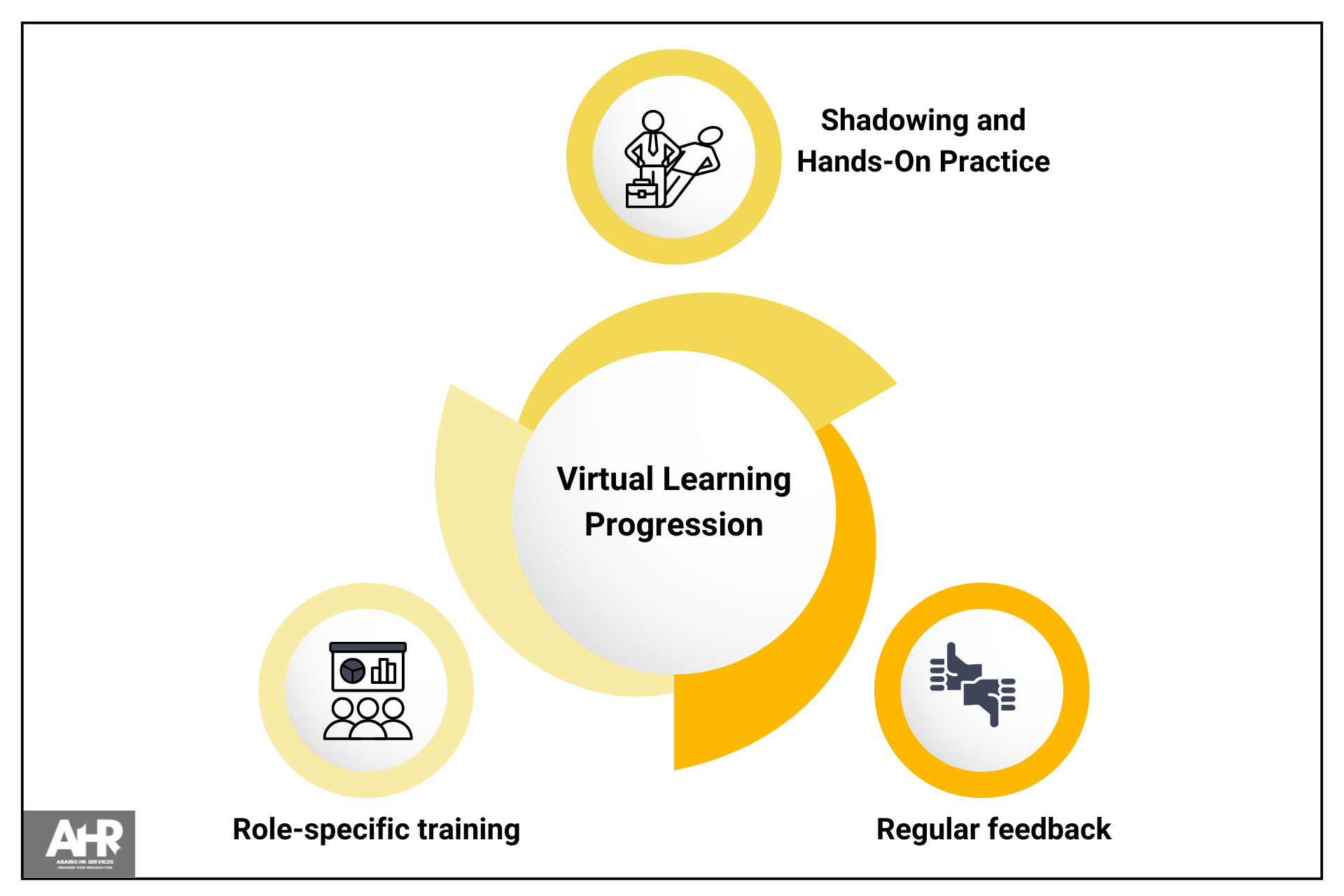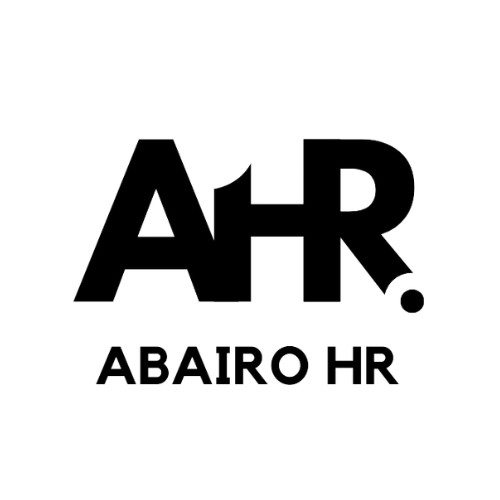The Ultimate Onboarding Checklist for New Hires
A well-structured onboarding process is essential to set new hires up for success from day one. It helps them feel welcomed, understand their roles, and integrate into the company culture smoothly. An effective onboarding checklist ensures that no critical steps are missed, leading to higher employee engagement, productivity, and long-term retention.
Onboarding plays a crucial role in the success and retention of new employees. A seamless onboarding process helps new hires settle in, understand their role, and quickly become productive. An organized checklist is essential for ensuring that all aspects of onboarding are covered and that employees feel welcomed from the start.

Pre-Boarding Preparation
Why It’s Important: Pre-boarding is the phase that occurs before the new hire’s first day. A well-prepared pre-boarding process sets the tone for the entire onboarding experience. If new hires arrive on their first day only to find that their workspace isn’t set up or the necessary tools aren’t ready, it can create a stressful and negative experience.
How to Improve It:
- Workstation Setup: Ensure that the workspace is ready with all necessary equipment, such as computers, monitors, and supplies. For remote employees, ensure that the software and login credentials are set up ahead of time.
- Welcome Email: Send a personalized email welcoming the new hire and providing essential details about their first day, including start time, location, and any paperwork to complete.
- Access to Tools & Systems: Ensure that the new hire has access to all relevant systems (e.g., email, internal tools) so they can start working immediately.
Example: A new hire’s first day could be spent setting up their desk and reviewing basic resources. However, if their login credentials or the necessary systems aren’t available, they might end up wasting time troubleshooting, which could result in frustration.
Day 1: Orientation and Company Overview
Why It’s Important: The first day is critical for setting expectations, introducing the company culture, and providing the new hire with the tools they need to succeed. A well-organized orientation helps employees feel welcomed and helps them understand the company’s values and mission.
How to Improve It:
- Introduction to the Team: Introduce the new hire to their team and leadership through video calls or in-person meetups. This allows them to begin building relationships and understand the team dynamics.
- Company Overview: Provide a comprehensive overview of the company’s history, mission, and values. It’s also important to explain key policies, such as work hours, company culture, and benefits.
- Office Tour (Physical or Virtual): For in-person onboarding, give a tour of the office to help the new hire get familiar with the workspace. For remote employees, offer a virtual office tour to introduce them to digital tools and platforms.
Example: On the first day, a new hire is welcomed with a virtual meeting with HR and their team. They are introduced to key stakeholders, and the company’s mission and core values are shared. A virtual office tour is conducted, showcasing where they can find resources like documents and communication channels.
Role-Specific Training
Why It’s Important: Proper role-specific training ensures that new hires understand their day-to-day tasks, expectations, and the tools required to do their job effectively. This stage of onboarding is essential for setting clear expectations and helping new employees feel confident in their role.
How to Improve It:
- Training Modules: Develop role-specific training modules that cover necessary tasks, tools, and software. For example, if the new hire is in sales, provide training on your CRM system and sales processes.
- Shadowing and Hands-On Practice: Allow new hires to shadow a colleague or perform hands-on tasks with guidance. This helps them learn by doing and accelerates their transition into the role.
- Regular Check-ins: Schedule regular feedback sessions to ensure that the new hire is grasping their responsibilities and to address any questions or concerns.
Example: A new marketing manager might start with an overview of the tools and platforms used by the team, such as email marketing software or analytics tools. They may shadow a colleague on a campaign launch and begin handling parts of the process, such as drafting email copy or analyzing campaign results.

Cultural Integration and Socialization
Why It’s Important: Introducing new hires to the company culture and fostering social connections is key to improving employee engagement and retention. When employees feel like they belong and are part of a supportive team, they are more likely to stay long-term.
How to Improve It:
- Team Introductions: Facilitate 1-on-1 introductions to colleagues across departments. This helps new hires get to know the company’s structure and start building a network.
- Mentorship Program: Assign a mentor or “buddy” to guide the new hire through the onboarding process, help them adjust to the culture, and answer any questions.
- Social Activities: Organize virtual or in-person social events, such as happy hours or team lunches, to encourage informal interactions and relationship-building.
Example: A new hire might attend a virtual coffee chat with their team or participate in a virtual happy hour, where they can meet colleagues and learn more about the company’s culture outside of work tasks.
Continuous Feedback and Check-ins
Why It’s Important: Regular feedback and check-ins throughout the first few months of onboarding ensure that new hires feel supported and have the opportunity to ask questions or voice concerns. This also helps identify any potential issues early on, before they become larger problems.
How to Improve It:
- Regular 1-on-1 Meetings: Schedule weekly or bi-weekly meetings with HR or managers to check in on progress, provide feedback, and address any concerns the new hire may have.
- Onboarding Surveys: Use surveys to gather feedback from new hires about their experience. This can help identify areas of improvement for future onboarding processes.
- Goal Setting: Set clear goals and expectations for the first 30, 60, and 90 days to help new hires stay on track and motivated.
Example: A new hire’s first 90 days could involve setting goals like completing a training module, successfully completing a project, or attending a certain number of team meetings. Regular feedback sessions ensure that they are on track and offer the opportunity to discuss challenges or successes.
Ready to create a seamless onboarding experience for your new hires? Contact us and get our ultimate onboarding checklist today and set your employees up for success from day one!
Let’s Start Something new
Say Hello!
Let’s get the ball rolling! Just fill out the details below, and one of our HR experts will get back to you faster than you can think of an HR question.
